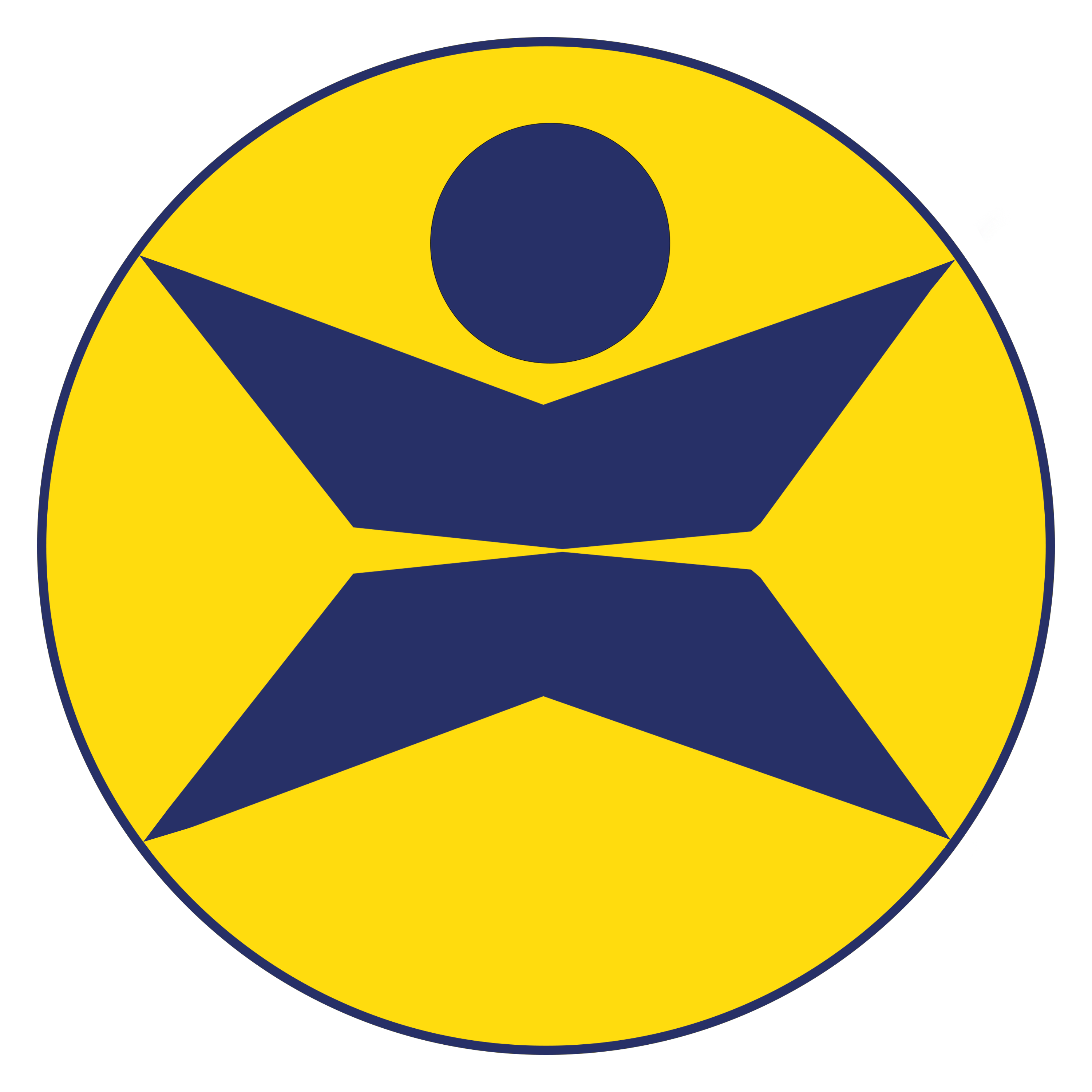LITERACY

LITERACY
In Tanzania, literacy challenges in primary education are significant, as detailed in the UWEZO REPORT report on literacy. The report reveals that literacy levels among primary school children have remained low. For instance, only one in four children in Standard 3 can read a Standard 2 story in Kiswahili, indicating a substantial delay in acquiring basic reading skills.
The situation is similarly concerning for English literacy. Only one out of ten children in Standard 3 can read a Standard 2 level English story, and by Standard 7, half of the students haven’t acquired basic English reading skills.
Moreover, there’s a notable disparity in literacy based on geographical location. Children in urban districts generally outperform their rural counterparts in literacy assessments.
These findings underscore the need for enhanced focus and strategies to improve literacy in Tanzania’s primary education, especially in rural areas.
Mbinu Saba
MBINU SABA: Early Classroom Teaching of Reading and Writing
Mbinu Saba outlines seven key methods in Tanzanian education, emphasizing literacy, comprehension, student participation, gender equality, and foundational skills for early grade students’ reading and writing development.
The first method: Introducing Reading Skills
Before teaching reading skills, teachers must educate children on why we engage in reading. Key concepts include recognizing that writing is recorded speech, and words are made of letters arranged in groups on a page. The curriculum involves methods like Language Experience, Collaborative Book Reading, and aloud reading. These methods engage students in discussions about exciting topics, practice sentences related to these topics, and facilitate understanding of the structure and purpose of written language.
The second method: Phonological Awareness
Focuses on understanding language’s breakdown into paragraphs, sentences, and words, and recognizing phonemes in syllables for effective reading instruction, involving listening games and phonemic exercises for early grades.
The third method: Connecting Sounds to Letters (Phonics)
Involves daily lessons on word reading and structure, using word walls, sound boards, and systematic word collection to enhance vocabulary and understand word composition in Kiswahili.
The fourth method: Fluency in Reading
Focuses on regular reading practice for skill proficiency, using methods like joint reading, paired reading, and reader’s theater, emphasizing comprehension, word recognition, and expressive reading to build confidence and understanding in students.
The fifth method: Comprehension
In enhancing student comprehension, several strategies are vital. These include:
- Preparation Phase: Involves pre-lesson planning, pre-teaching vocabulary, and using prediction guides.
- Knowledge-Building Phase: Focuses on guided reading activities and thinking exercises while reading.
- Knowledge Reinforcement: Entails techniques like retelling the text, identifying the main idea, and engaging in role-playing activities.
Method Six: Vocabulary Development
This method enhances students’ vocabulary, vital for comprehension and expression. Techniques include revisiting introduced words, vocalized thought processes for understanding unfamiliar words, and interactive discussions about word meanings. Tools like semantic maps, multifaceted cube activities, and the Frayer Model aid in deepening vocabulary knowledge and application
Method Seven: Writing
In teaching language, writing is essential for reinforcing reading skills. This segment focuses on three writing methods: teacher-led demonstrations, student-completed sentences, and independent text creation. These approaches effectively integrate writing into reading comprehension exercises.
Benefits of Literacy Program
The literacy program for early classes offers numerous benefits that are critical for the development of young learners. Here are ten key advantages:
- Foundation for Reading Skills: Early literacy programs lay the groundwork for reading proficiency, which is essential for academic success in all subjects.
- Vocabulary Development: Children expand their vocabulary, learning new words and concepts that enhance their ability to express ideas and understand others.
- Cognitive Development: Engaging with texts and storytelling fosters critical thinking, problem-solving, and creativity.
- Language Skills: Early exposure to literacy helps in the development of language skills, including grammar, syntax, and pronunciation.
- Concentration and Focus: Regular reading and writing activities improve children’s ability to concentrate and maintain attention on tasks.
- Emotional and Social Growth: Stories and texts often contain moral and social lessons, aiding in the development of empathy, social understanding, and emotional intelligence.
- Confidence and Self-expression: As children become more proficient in reading and writing, their confidence in their ability to communicate and express themselves grows.
- Preparation for Academic Success: Early literacy is a key predictor of later academic achievement, including proficiency in math and science.
- Cultural Awareness and Diversity: Through literature, children are exposed to different cultures and perspectives, broadening their worldview.
- Lifelong Learning and Love for Reading: Instilling a love for reading at an early age sets the stage for lifelong learning and a continuous quest for knowledge.
